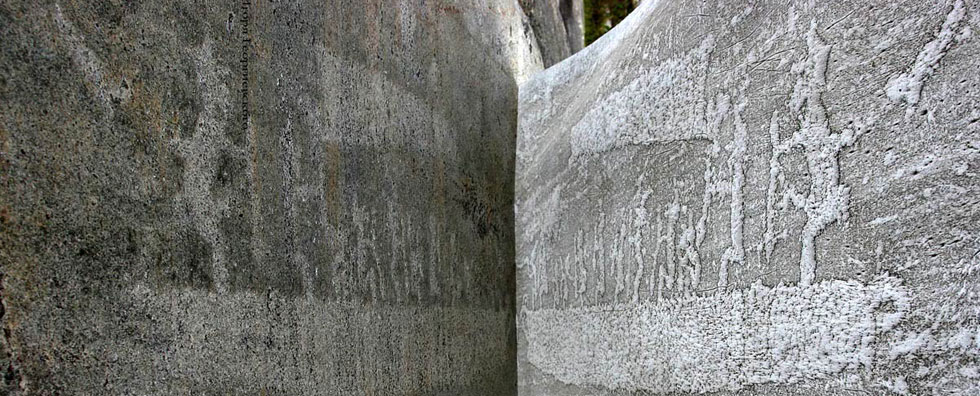
Issue №2, Vol. 18
Popikov P., Bukhtoyarov L., Platonov A., Vakula E. Mathematical model of the dynamic modes of the hydraulic manipulator performance when uprooting unwanted vegetation in young forest stands // Resources and Technology. 2021. №2, Vol. 18. P. 32‒47.
DOI: 10.15393/j2.art.2021.5643
Mathematical model of the dynamic modes of the hydraulic manipulator performance when uprooting unwanted vegetation in young forest stands
| Popikov Petr | Voronezh State University of Forestry and Technologies named after G. F. Morozov, popikovpetr@yandex.ru |
| Bukhtoyarov Leonid | Voronezh State University of Forestry and Technologies named after G. F. Morozov, vglta-mlx@yandex.ru |
| Platonov Alexei | Rostov State Transport University, paa7@rambler.ru |
| Vakula Elena | Military educational and scientific center "Air Force Academy named after Professor N.Ye. Zhukovsky and Yu.A. Gagarin", vakula.lena2012@yandex.ru |
|
Key words: unwanted growth removal manipulator modeling differentiation dynamic parameters |
Summary: Homogeneous forest clearing is one of the required measures to grow sound and endurable forest. Manual or mechanized cutting or felling down unwanted trees and shrubs often results in their regeneration as the roots remain in the soil To ensure non-regeneration of unwanted vegetation its root system should be removed. One of the promising methods of mechanized clearing of forest cultures is a method of removing unwanted growth with a working body fixed at the end of the arm of the manipulator of a multifunctional machine. The authors have modeled the trajectories of characteristic points’ movements of the manipulator links and the extreme points of the removed vegetation. They also have developed a mathematical model that takes into account a number of dynamic modes of influence of the specified technical means on unwanted growth to determine the optimal values of the design and technological parameters of the manipulator with a working body located at its end. The modeling performed in this study was based on the methods of classical mechanics. To substantiate the dynamic parameters of the manipulator and the working body, the authors have developed a number of calculation schemes indicating the coordinates of the gravity centers location of the manipulator elements, acting external forces including driving moments and moments of resistance, as well as friction and gravity forces. The authors have compiled a number of differential equations of the time-dependent manipulator elements motion, have revealed the dependences for the moments of inertia of these elements, and have created a dynamical simulation model of the manipulator performance. Based on the developed mathematical model for a number of initial conditions, the mass characteristics of the manipulator links were calculated, a number of graphs of the dynamic impact on the manipulator elements was built, conclusions were drawn and directions for further application of the obtained simulation model were determined. |
Displays: 891; Downloads: 554;




